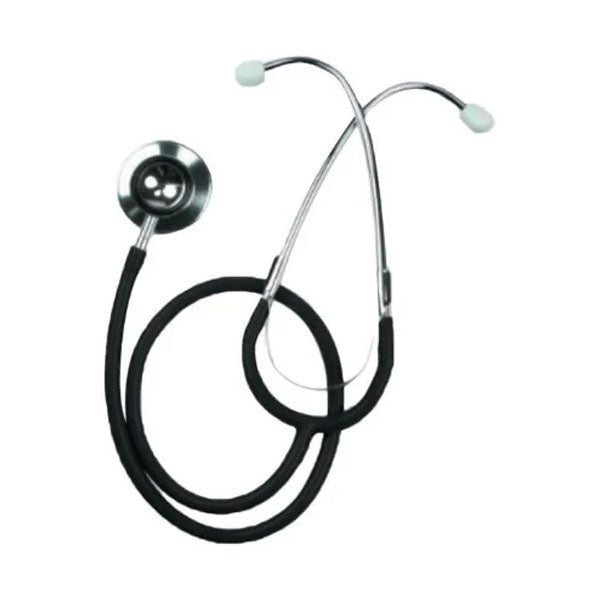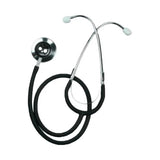Vitamins and nutritional supplements


Price includes tax
Couldn't load pickup availability

Thanks for subscribing!
This email has been registered!

تسوق عبر التطبيق للحصول على عروض حصرية وسرعة إتمام عملية الشراء.
